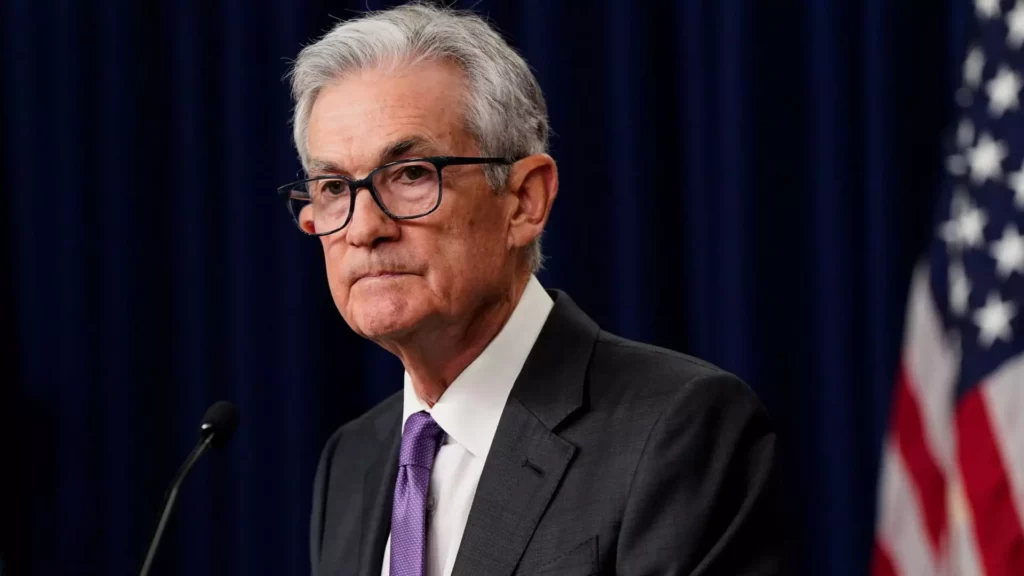![]()
The Federal Reserve is currently exhibiting a cautious approach towards lowering its benchmark rate. Initial projections of multiple rate cuts before the end of the year now appear unlikely. The recent strong jobs report and the unexpected increase in the consumer price index in March have indicated that inflation is persisting at a higher level. Consequently, the Federal Reserve seems inclined to maintain its current stance. Market indicators reflect a drastic reduction in the probability of a rate cut in June, down to less than 20% from nearly 80% just a month ago. The Federal Reserve’s chair Jerome Powell has indicated that with the economy’s robust growth and unemployment below 4%, a more measured approach towards interest rate cuts will be adopted.
Mark Higgins, a renowned figure in financial history, emphasized the risks of allowing inflation to persist outweighing the possibility of a recession. Drawing from historical events, Higgins pointed out the two significant mistakes made by the Federal Reserve in the past that continue to influence its decision-making processes. His analysis indicates that the central bank is likely to exercise extreme caution, even if it means maintaining higher rates for an extended period. By learning from past instances where inflation became entrenched, the Federal Reserve aims to avoid triggering a similar scenario in the current economy.
One of the key concerns expressed by experts is the danger of premature monetary easing by the Federal Reserve. Higgins highlighted the risks associated with loosening rates too early, as was witnessed in the late 1960s. The fear of repeating history and facing a situation similar to the great inflation of the 1970s looms large. Tightening the money supply after backing off prematurely from inflationary pressures poses a significant risk. While current financial regulations and deposit insurance provide safeguards against a banking crisis, the focus remains on avoiding a scenario where inflation becomes deeply entrenched due to hasty monetary decisions.
Higgins’ observation of the Federal Reserve’s historic mistakes, particularly during the Great Depression in the early 1930s and the inflationary period of the 1970s, underscores the need for a cautious approach. The repercussions of allowing such scenarios to unfold have had a lasting impact, influencing the central bank’s policy decisions to this day. By recognizing the past errors and learning from them, the Federal Reserve aims to navigate the current economic landscape prudently, avoiding hasty decisions that could lead to long-term negative consequences.
The prospect of repeating past policies, such as the aggressive monetary tightening witnessed during the early 1980s under Paul Volcker, raises concerns among experts. The high-interest rates that ensued had far-reaching effects on the economy, causing significant disruptions, particularly in the housing market. The reluctance to emulate such policies, as echoed by Federal Reserve Chair Powell, demonstrates a cautious approach towards managing inflation and ensuring economic stability. The emphasis on avoiding a premature reduction in policy restraint underscores the Federal Reserve’s commitment to maintaining a delicate balance between economic growth and inflation management.
The Federal Reserve’s cautious stance amidst high inflation reflects a proactive approach towards safeguarding the economy from potential risks. By learning from historical mistakes and adopting a measured strategy, the central bank aims to navigate the current economic challenges effectively. The emphasis on avoiding premature rate cuts and ensuring a gradual approach to policy adjustments underscores the Federal Reserve’s commitment to sustaining economic growth while managing inflation effectively.

Leave a Reply